The Art of Brewing the Perfect Cup of Tea
Tea. It’s the elixir of life, the nectar of the gods, and the only thing standing between you and a full-blown existential crisis on a Monday morning. But let’s be honest—making the perfect cup of tea is an art form. It’s not just throwing a tea bag into hot water and hoping for the best. No, my friend, it’s a delicate dance of temperature, timing, and sheer willpower. So grab your kettle, dust off your inner tea sommelier, and let’s dive into the hilariously complex world of tea brewing.
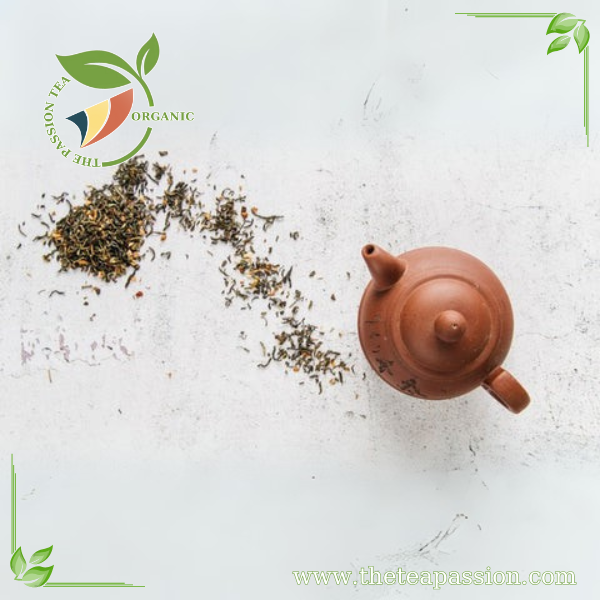 Step 1: Choosing Your Tea Like a Boss
Step 1: Choosing Your Tea Like a Boss
First things first: what kind of tea are you in the mood for? Black tea? Green tea? Herbal tea that tastes suspiciously like potpourri? The options are endless, and so is the confusion. If you’re feeling fancy, go for loose-leaf tea—because nothing screams sophistication like accidentally spilling dried leaves all over your kitchen counter.
For the less adventurous, there’s always the trusty tea bag. Sure, it’s not as glamorous, but it’s convenient. And let’s face it, you’re probably brewing this cup in your pajamas while contemplating life choices. No judgment here.
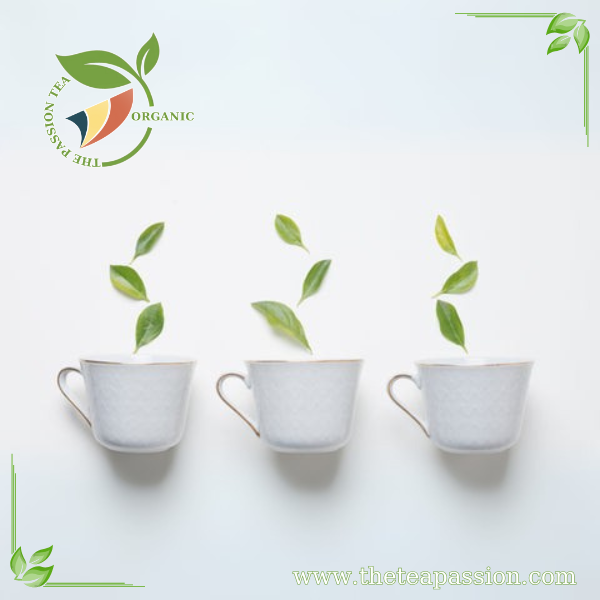
Step 2: The Kettle Conundrum
Now comes the kettle, the unsung hero of tea-making. You could use an electric kettle with temperature settings, but where’s the fun in that? Real tea warriors use a stovetop kettle that whistles like a banshee when it’s ready. It’s basically a smoke alarm for boiling water.
Pro tip: Don’t forget to actually put water in the kettle. You’d be surprised how many people have stared at an empty kettle waiting for magic to happen. Spoiler alert: it won’t.
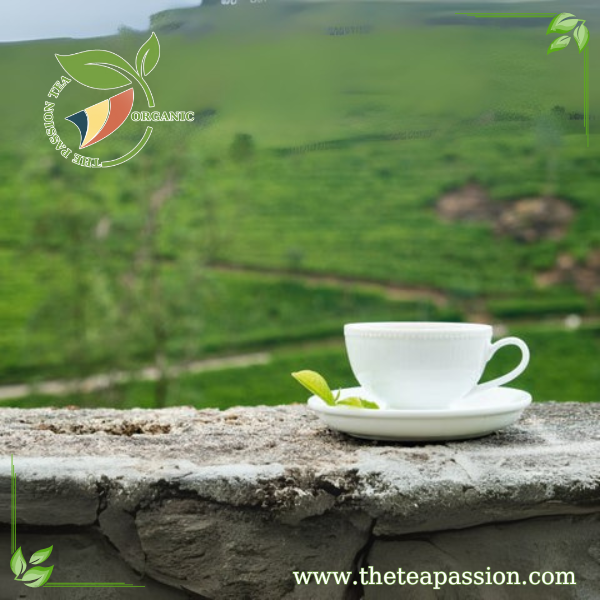
Step 3: Water Temperature – The Goldilocks Zone
Water temperature is crucial. Too hot, and you’ll scorch your tea leaves into oblivion. Too cold, and your tea will taste like sadness. Black tea likes it hot—around 200°F (93°C)—while green tea prefers a more laid-back vibe at 175°F (80°C). Herbal teas? They’re chill with pretty much anything because they’re basically the hippies of the tea world.
If you don’t have a fancy thermometer, don’t panic. Just boil the water and let it sit for a minute or two. Or do what I do: guess wildly and hope for the best.
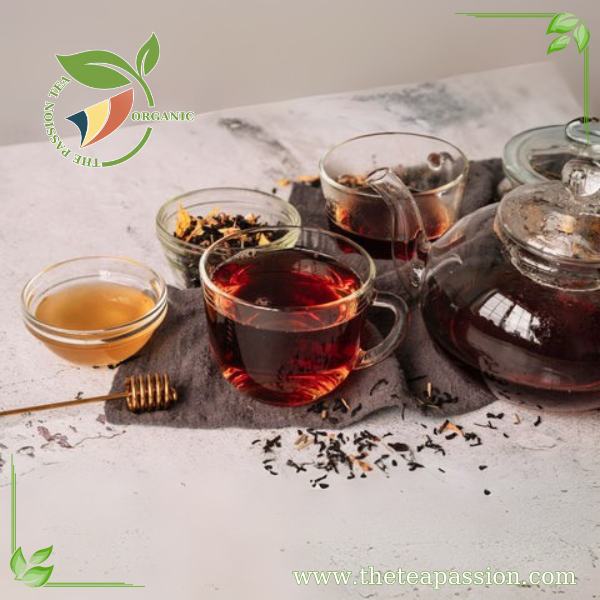
Step 4: Timing Is Everything
Here’s where things get tricky. Steeping time is a science—and by science, I mean a series of educated guesses wrapped in blind optimism. Black tea needs about 3-5 minutes to reach its peak flavor without becoming bitter enough to make you question your existence. Green tea? A breezy 1-3 minutes will do. Herbal teas are like that friend who’s always late—they need a good 5-7 minutes to show up.
Whatever you do, don’t walk away from your tea while it’s steeping. You’ll either forget about it entirely or return to find a cup of liquid regret.
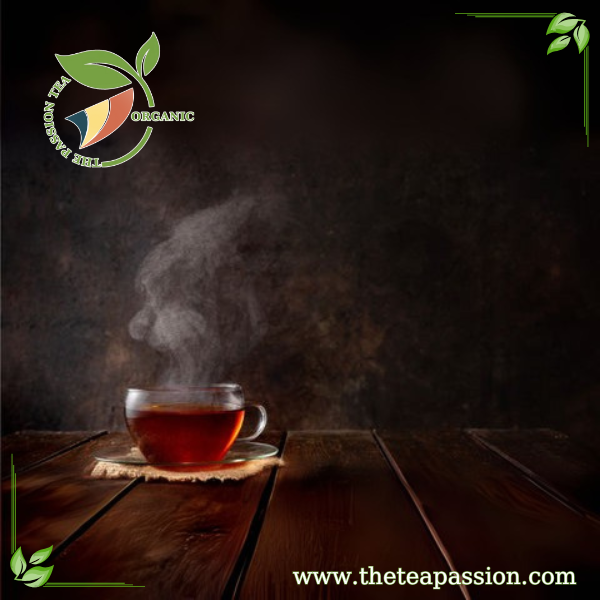
Step 5: The Great Debate – Milk or No Milk?
Ah, the age-old question: to milk or not to milk? If you’re drinking black tea, adding milk is totally acceptable—unless you’re British, in which case it’s mandatory by law (probably). Green tea and herbal teas, however, are milk-free zones. Adding milk to chamomile is like putting ketchup on ice cream—just don’t.
And while we’re on the subject, sugar is optional but highly encouraged if you want your tea to taste like dessert instead of disappointment.
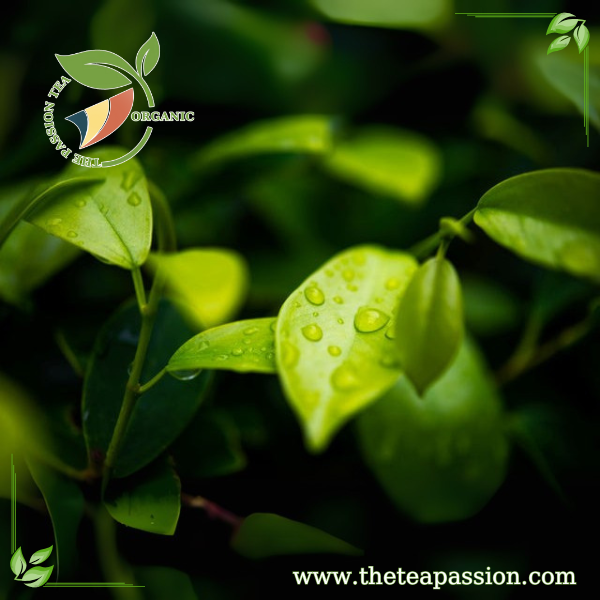
Step 6: The Final Touches
Once your tea is brewed to perfection (or close enough), it’s time for the finishing touches. Grab your favorite mug—the one that’s slightly chipped but has sentimental value—and pour your masterpiece into it. Add a slice of lemon if you’re feeling zesty or a dollop of honey if you’re channeling your inner Winnie-the-Pooh.
Now comes the most important part: sip your tea slowly and dramatically, as if you’re in a period drama contemplating your tragic backstory. Bonus points if you stare out a window while doing this.
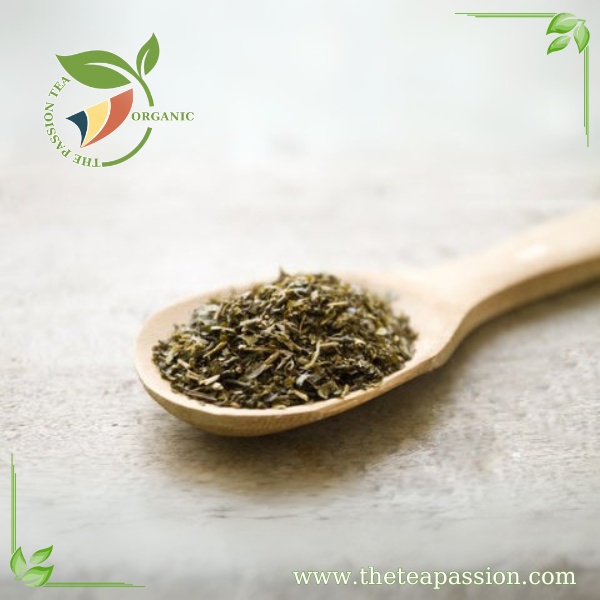
Tea Is Life
Brewing the perfect cup of tea isn’t just about following steps—it’s about embracing chaos and making peace with your inner tea nerd. Whether you’re sipping Earl Grey like Captain Picard or chugging chamomile to calm your nerves before an awkward Zoom meeting, tea is always there for you. So go forth, brew boldly, and remember: even if your tea turns out terrible, at least you tried—and that’s worth raising a mug to. Cheers!
